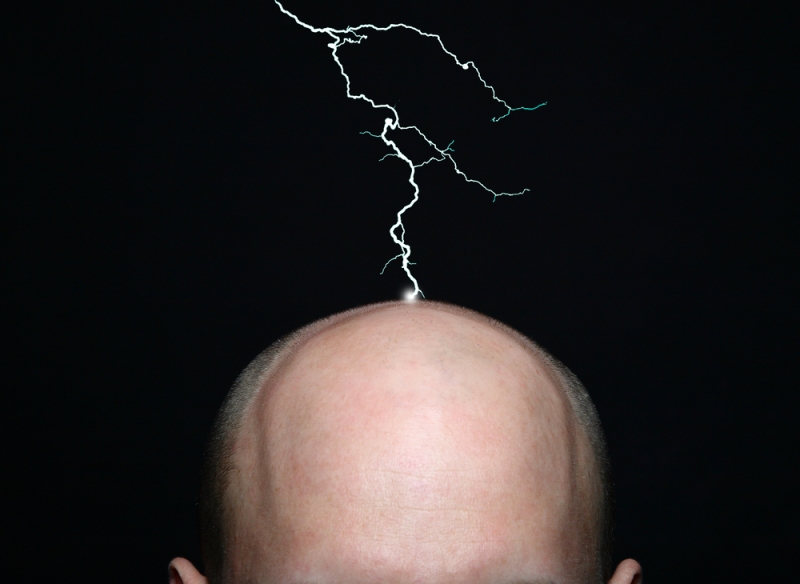Most of us are allergic to something, even if it's a minor affliction. Now imagine that whatever you're allergic to invisibly criss-crosses every major city and small town. You can't get away from it unless you sequester yourself in an isolated corner of the world. Pretty horrifying.
But for people who claim to have electromagnetic hypersensitivity (EHS), that scenario is real because they're, in essence, allergic to Wi-Fi.
One example is Marine Richard, a woman living in rural France, who recently became the first person to be officially recognized for the disorder, the Telegraph reports. A French court ordered authorities to pay her around $900 per month for at least three years for her discomfort.
This is a tricky subject because though electromagnetic hypersensitivity is acknowledged by the World Health Organization, other medical institutions and professionals question it. Not that people don't have the symptoms, but that they may be psychological, not physical, or that it's simply too nebulous to diagnose. Symptoms include nausea, heart palpitations, dizziness, and redness, tingling and burning sensations on the skin.
Fans of Better Call Saul, the Breaking Bad spin-off, might remember a character on the show having a condition where he would wrap himself in a space blanket to protect himself from wireless devices. That's an example of EHS. The NYMag says that after the episode aired, news outlets quickly called out the show for over hyping the disorder and said the science behind it was bogus.
Richard, the woman living in a barn to avoid electromagnetic waves, would beg to differ from those who say EHS is bogus. She called her win in court a "breakthrough" and no matter your opinion on EHS, it does set a new precedent.
Image source: Shutterstock
